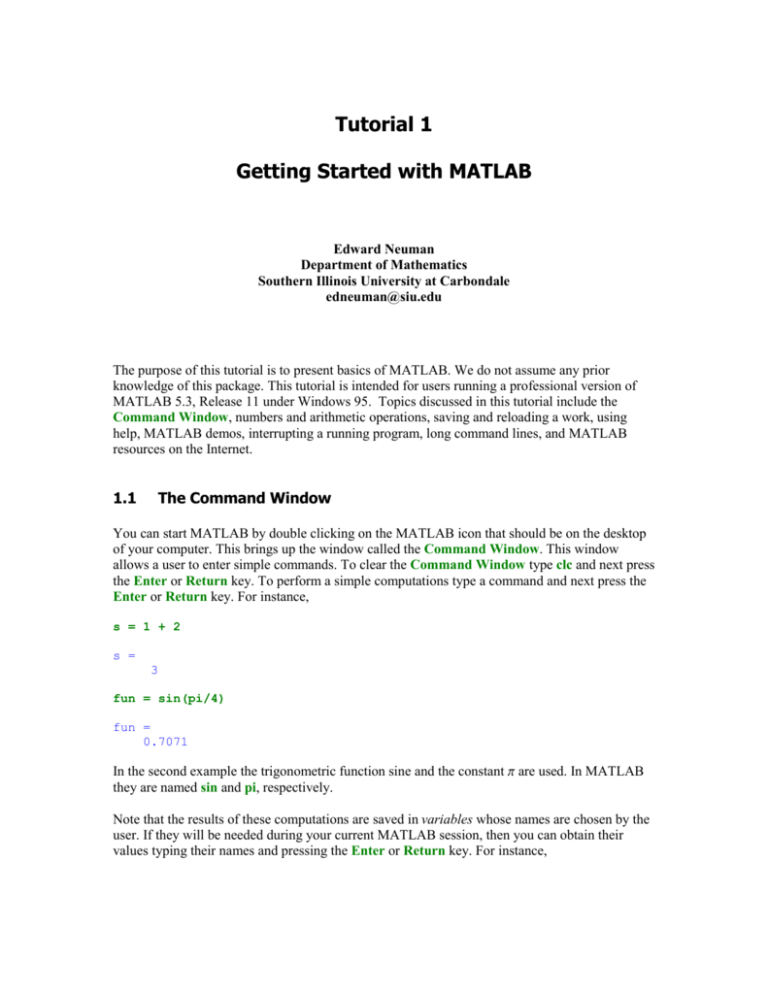
Let's vary the number of points, while keeping the target fixed and the points equally spaced. As $c$ increases, the peak in the target becomes sharper and the interpolation error increases. The value $c = 25$ gives us Runge's function.

Let's vary the coefficient $c$ in the bell-shaped target $f_1$, while keeping the number of equally spaced points fixed. The interpolation error is the difference between the two curves. The green curve in the following animations and plots is the target function $f(x)$ and the blue curve is the polynomial that interpolates the target at the blue circles. The points are a weighted average between equally spaced points and Chebyshev points concentrated towards the end of the interval. The distribution of the points involves the weight $w$. The degree of the interpolating polynomial is $n-1$. The parameter $n$ is the number of interpolation points in the interval. You can choose one of the three target functions involving the coefficient $c$. You can vary three parameters, $c$, $n$ and $w$. In fact, the maximum error goes to infinity. If this function is interpolated at equally spaced points in the interval, the polynomials do not converge uniformly.

Runge's famous counterexample for interpolation is the function But this result does not tell us whether the polynomials can be interpolating or where the interpolating points might be located.

But Runge made many other contributions, including the subject of today's post.Ī classical result of Runge's advisor, Karl Weierstrass, is that for any continuous function, there exists a sequence of polynomials of increasing order that converge uniformly to the function. We know his name because he was the first to write about what we now call the Runge-Kutta method for the numerical solution of ordinary differential equations.


 0 kommentar(er)
0 kommentar(er)
